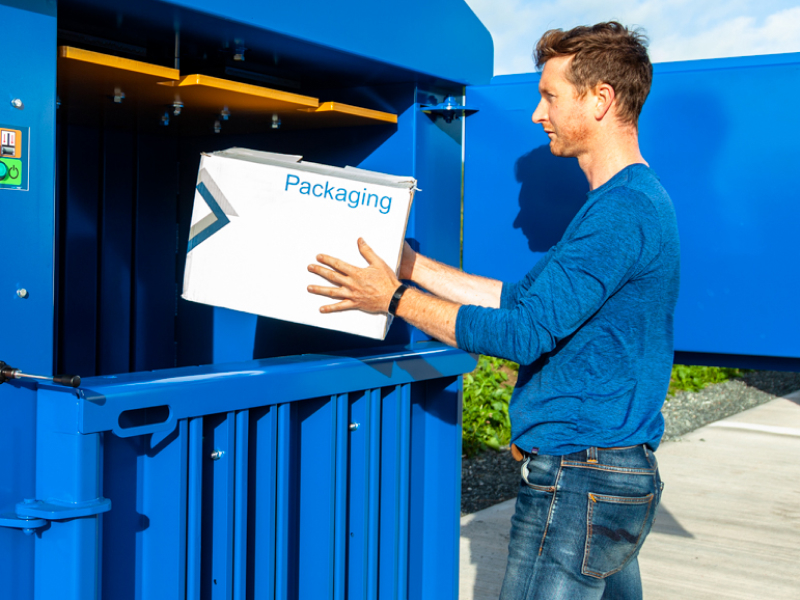About Us
Riverside Waste Machinery is the UK’s leading independent provider of waste balers, baler servicing, consumables and specialist waste management expertise. The company supports organisations of all sizes in identifying the most suitable baling solutions to improve recycling performance, reduce waste volumes and achieve long-term cost savings.
With almost 30 years of experience in waste baling and compaction, Riverside Waste Machinery is widely recognised as a trusted partner in waste machinery solutions. The team offers end-to-end support, from initial consultation and equipment selection through to machine procurement and comprehensive aftercare, ensuring a seamless and effective approach to waste reduction.
Riverside’s solutions are designed to help businesses minimise waste handling challenges by converting waste into manageable bales, improving haulage efficiency and enabling the reprocessing and reuse of industrial waste and recyclable materials. Every recommendation is tailored to the customer’s specific requirements, ensuring machinery investments deliver maximum return.
A strong focus on quality and customer satisfaction sets Riverside apart. The company takes time to fully understand each client’s operational goals, allowing it to supply robust, reliable technology that delivers consistent performance. Ongoing servicing and support ensure systems continue to operate efficiently for years to come.
By combining technical expertise with a customer-focused approach, Riverside Waste Machinery helps businesses turn complex waste challenges into simple, cost-effective solutions while strengthening their environmental credentials.


